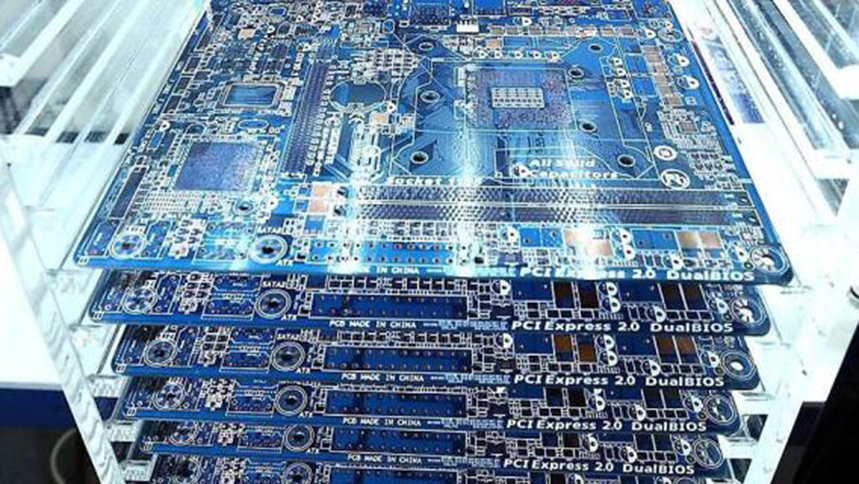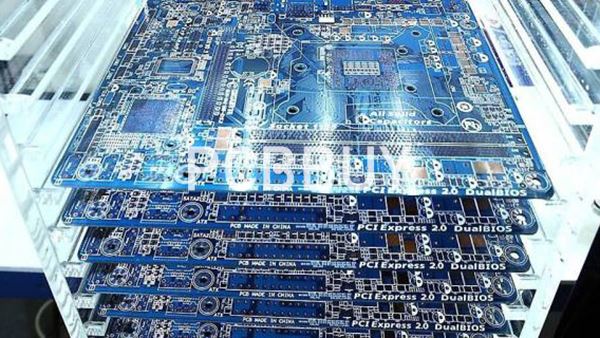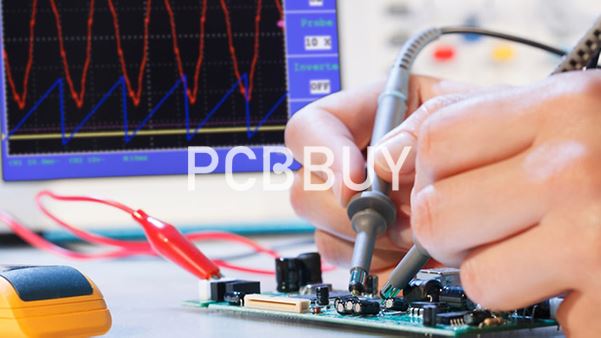Types Of Surface Treatment Pcb
By:PCBBUY 03/18/2024 11:41

Surface treatment is a manufacturing process aimed at artificially forming a surface layer on the substrate material with mechanical, physical, and chemical properties different from the substrate. This treatment utilizes knowledge and techniques from multiple disciplines such as physics, chemistry, materials science, and manufacturing to alter the condition and properties of the component surface to meet various requirements such as corrosion resistance, wear resistance, decoration, or other specialized functions.
There are many methods of surface treatment, including electroplating, coating, chemical oxidation, thermal spraying, etc. It can also refer to processes such as cleaning, degreasing, deburring, derusting, etc., performed on the surface of workpieces. This treatment can retain the inherent characteristics of the substrate material while imparting various properties required for the component surface to adapt to different technical and service environments.
Surface treatment is an ancient technology, dating back to the earliest days of human existence on Earth. However, with the development of modern science and industry, surface treatment technology has been continuously improved and innovated, leading to the emergence of numerous modern surface technologies. These technologies are widely applied in various fields such as aerospace, automotive, electronics, construction, etc., making significant contributions to the performance enhancement and lifespan extension of products.

Surface treatment of PCB boards generally includes several methods:
1) Tin spraying process: Tin spraying is one of the most common surface treatment methods in the PCB industry. It involves spraying tin paste onto the PCB and then heat-curing or wet processing to form a dense, solderable tin film. Tin-sprayed boards have the advantages of low cost and good solderability, but may exhibit surface irregularities, especially in large window areas, which can affect the electrical performance of the PCB. Therefore, for impedance-critical circuit boards (such as microstrip lines), it is preferable to use gold immersion or electroless gold plating.
2) Tin immersion process: The main difference between tin immersion and tin spraying lies in the application method, where tin paste is printed onto the PCB and then cured through heating or chemical reaction to form a smoother tin film. However, tin immersion may oxidize and turn black, affecting the appearance of the PCB. Hence, for products with high appearance requirements, alternative surface treatment methods such as gold plating or OSP are preferred.
3) Gold immersion process: Generally, processes prefixed with "immersion" tend to yield smoother results compared to "spray" techniques. Gold immersion, being lead-free, is commonly used for gold fingers and keypads, as gold has low resistance, making it suitable for contact applications like keypad lights in mobile phones. However, gold immersion is soft and less durable than electroplated gold, which is preferred for frequent plug-in applications.
4) Gold plating process: Gold plating, although superior in hardness compared to gold immersion, suffers from poor solderability. Our company does not offer gold plating services.
5) OSP (Organic Solderability Preservatives) process: OSP, while cost-effective and quick to produce, relies on the reaction between chemicals and the copper surface to achieve solderability. However, OSP is prone to oxidation and offers poor solderability, resulting in limited usage within the PCB industry.
Summary: For applications requiring smoothness, such as impedance-critical circuit boards (e.g., microstrip lines), gold immersion is preferred. For non-gold finger, bonding pad, or keypad applications, tin spraying is recommended. Besides the mentioned processes, there are other less commonly used methods such as carbon ink printing, silver immersion, tin-lead hot air leveling, nickel plating, etc., which are not discussed here. Further information can be found on Baidu for special requirements.

Classification based on environmental protection of PCBs:
a) Lead-containing surface treatment: Lead-containing tin spraying is one of the most common lead-containing surface treatment methods. This process does not require special requirements for the substrate material and is relatively low in cost.
b) Lead-free surface treatment: Lead-free tin spraying and gold immersion are lead-free processes. These processes do not require special substrate requirements and are relatively low in cost.
c) Rohs EU Rohs Directive: A stringent lead-free process. This process requires strict requirements for the substrate material and the use of halogen-free substrates. Therefore, when placing orders with manufacturers, if Rohs compliance is required, it must be specified; otherwise, manufacturers generally assume the second type of conventional lead-free process.
Industry Category











